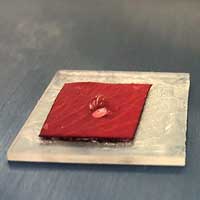 The BIOMAP process uses microparticles of varying sizes. The particles are applied to a surface, covering it and form-fitting all the crevices, gaps and patterns through the autonomous processes of self-filtration, capillary pressure and evaporation.
The BIOMAP process uses microparticles of varying sizes. The particles are applied to a surface, covering it and form-fitting all the crevices, gaps and patterns through the autonomous processes of self-filtration, capillary pressure and evaporation.
Wednesday, August 26, 2020
Engineers use heat-free technology to make metallic replicas of a rose's surface texture
 The BIOMAP process uses microparticles of varying sizes. The particles are applied to a surface, covering it and form-fitting all the crevices, gaps and patterns through the autonomous processes of self-filtration, capillary pressure and evaporation.
The BIOMAP process uses microparticles of varying sizes. The particles are applied to a surface, covering it and form-fitting all the crevices, gaps and patterns through the autonomous processes of self-filtration, capillary pressure and evaporation.
Fabrication of a single-crystal giant magnetoresistive device on a polycrystalline film
 Technique may promote practical use of high-performance magnetoresistive devices comprising half-metallic heusler alloys.
Technique may promote practical use of high-performance magnetoresistive devices comprising half-metallic heusler alloys.
Nanodots made of photovoltaic material support waveguide modes
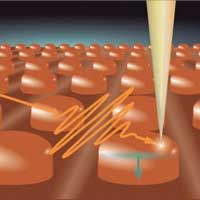 New spectroscopic technique for studying nanostructures demonstrates that stibnite nanodots can act as high-optical-quality waveguides and are promising candidates as photoswitchable materials for future applications.
New spectroscopic technique for studying nanostructures demonstrates that stibnite nanodots can act as high-optical-quality waveguides and are promising candidates as photoswitchable materials for future applications.
Hip fracture risk linked to nanoscale bone inflexibility
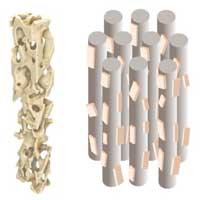 The study found that flexibility, as well as density, in the bone nanostructure is an important factor in assessing how likely someone is to suffer fractures.
The study found that flexibility, as well as density, in the bone nanostructure is an important factor in assessing how likely someone is to suffer fractures.
New graphene device can measure toxic lead within minutes
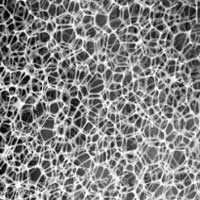 Researchers create portable lab-on-a-chip that could detect many contaminants.
Researchers create portable lab-on-a-chip that could detect many contaminants.
Unconventional gold nano-crystals reveal their inner structure
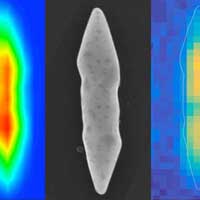 Gold nanoparticles can be better catalysts if their atoms are packed differently from the conventional arrangement. This alternate inner structure leads to different inherent properties.
Gold nanoparticles can be better catalysts if their atoms are packed differently from the conventional arrangement. This alternate inner structure leads to different inherent properties.
Nanoparticles of the future
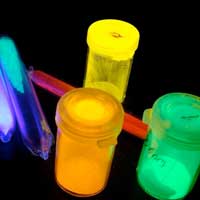 Researchers have developed the world's first afterglow-magnetic nanoparticles. The patented invention is designed for various applications including cancer detection in medicine and the detection of fine particulates in living organisms.
Researchers have developed the world's first afterglow-magnetic nanoparticles. The patented invention is designed for various applications including cancer detection in medicine and the detection of fine particulates in living organisms.
Subscribe to:
Comments (Atom)
